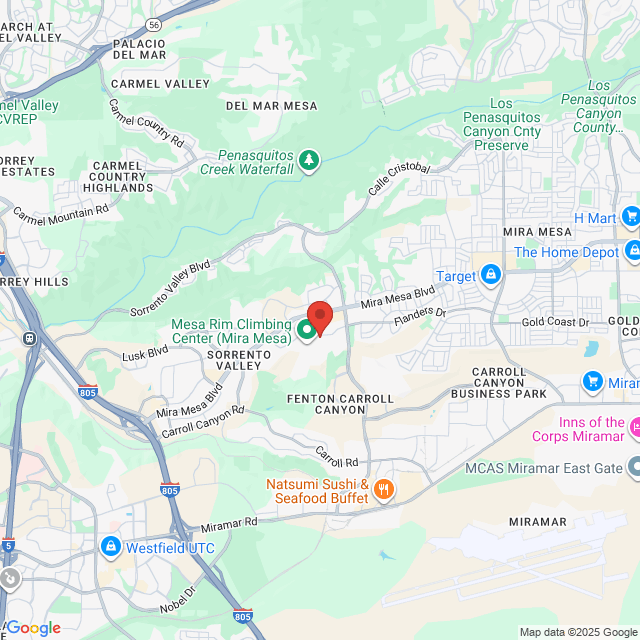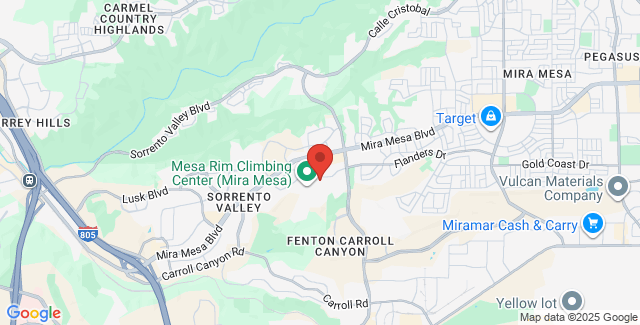Slip and Fall Accidents and Injuries
Slip and fall accidents can occur at private residences, businesses, or government properties. Premises liability laws dictate that the owners can be held financially responsible for any injuries that occur on their property. These accidents can be the result of a spill or leaky roof that has left the floor slippery. Slip and fall accidents can also be caused by unsecured carpeting, extension cords, damaged floorboards, thresholds, or stairs, that can cause someone to trip. Additionally, slip and fall accidents can be the result of icy conditions on a walkway or in a parking lot if the owner has failed to properly warn others of the danger. Owners are responsible for all areas of their properties, not just the interiors. If you or a loved one has suffered an injury on another person’s property as a result of the owner’s negligence, contact an attorney in your area today to discuss the details of your case.

What is a Slip and Fall Accident?
A slip and fall accident is a type of personal injury case that falls under the legal area of premises liability. These cases involve a party slipping, falling, and injuring themselves on another party’s property. These accidents can occur on privately owned, commercial, or government properties. In some instances, the injuries sustained in a slip and fall accident may be minor, such as bruising or a sprained ankle. In other cases, these accidents can result in more severe injuries, such as a spinal cord or head injury. These injuries can cause paralysis, permanent brain damage, and other lifelong complications.
All property owners have a duty to adequately care for and maintain the property. This duty of care ensures that visitors and patrons are in a safe environment that is free from dangerous conditions.
All property owners have a duty to adequately care for and maintain the property. This duty of care ensures that visitors and patrons are in a safe environment that is free from dangerous conditions. In the event that a property owner fails to correct or warn visitors of a dangerous condition, they may be held liable for another party’s injuries from a slip and fall.
Proving Liability after a Slip and Fall Accident
Proving liability in slip and fall claims can be complicated. While you can allege that the property owner failed to clean a spill within an appropriate and reasonable amount of time, you must also prove that the owner neglected to do so. Providing this proof is difficult, but a skilled attorney can help. In order to establish liability, you must be able to prove that the owner acted negligently:
- Owner of property caused a dangerous condition
- Owner had knowledge of dangerous condition and failed to take necessary steps to correct the condition
- Owner did not provide adequate warning of the dangerous condition
It is important to note that a court may not find a property owner fully liable for your injuries. Because we are responsible for our own actions, your degree of carelessness can also be taken into account. For example, if you noticed a spill on the floor but made no attempt to go around it, you may be found at least partially responsible for your accident. This partial liability is referred to as comparative negligence. In most states, comparative negligence places limitations on the amount of compensation that you can recover, usually by the percentage of fault attributed to you. For example, if you would have received $10,000 in damages but you were found to be 50 percent at fault, you would then only receive $5,000 in damages.
Potential Locations for a Slip and Fall Accident
A slip and fall accident can occur almost anywhere, and commonly take place on private residential, commercial, and government properties.
Slip and Falls in Businesses
Slip and fall accidents are most common in businesses with heavy foot traffic, such as grocery stores, shopping malls, or restaurants. The potential for slippery product spills is much higher in these areas than in other types of businesses. In these instances, the property owner or business manager could be held liable for any injuries. To prove liability after a slip and fall on a commercial property, you must show that:
- The property owner, managers, or employees were the cause of the product spill, warped floorboards, or other dangerous condition
- The owner, managers, or employees were aware of the dangerous condition but failed to take the necessary steps to improve, repair, or warn customers about the situation
- The owner, managers, or employees should have been aware of the dangerous condition because a diligent and reasonable property caretaker would have found and corrected the situation
Slip and Falls on Private Property
Provided you are lawfully on private property when you slip and fall, the property owner - usually a homeowner or landlord - may be held financially responsible for your injuries. As with slip and fall accidents on a commercial property, you must prove that the homeowner or landlord either caused the dangerous condition or knew of the condition and failed to take appropriate action. Additionally, you must prove that the condition was under the control of the property owner and that repairing the condition was not unreasonably expensive.
Slip and Falls on Government Property
When accidents occur on local, state, or federal properties, different standards apply. Certain regulations may be in place that release or limit the liability of these government entities. These regulations make it imperative that you work with an experienced premises liability attorney who can help you determine whether the government entity or another party may be held liable.
Insurance Coverage
Property owners have liability insurance to help cover the cost of accidents that occur on their property. It is important to remember, especially when you suffer an injury on a friend’s property, that you are not taking legal action against your friend, but rather making a claim against their insurance company.
Statute of Limitations
As with most personal injury claims, statutes of limitations apply to slip and fall accidents. These statutes of limitations essentially put a deadline on the amount of time you have to file a claim before the property owner is released from liability. These laws vary from state to state, but in most cases, you typically have at least one to two years from the date of the accident to file your claim. An attorney can help to ensure that all necessary evidence and proof of liability is collected so that your claim can be filed within these time constraints.
Importance of an Experienced Personal Injury Attorney
When dealing with insurance companies after an accident, it is always in your best interest to work with a skilled personal injury attorney with extensive knowledge and experience in premises liability law. Insurance companies have a tendency to take advantage of parties who forgo legal representation. With an experienced attorney on your side, you can secure the settlement you deserve. Your attorney will work diligently to ensure you are compensated for any damages relating to your injury, including:
- Any medical expenses you incurred for treatment of your injury, plus estimated future expenses
- Lost wages from time off work to recover, or diminished earning capacity if your injury prevents you from returning to work
- Your physical and emotional pain and suffering
- Loss of companionship
Contact a Personal Injury Attorney Today
If you or a loved one slipped and fell on another party’s property and suffered an injury, you may be entitled to compensation. Contact a personal injury attorney in your area today to schedule a free case evaluation.




